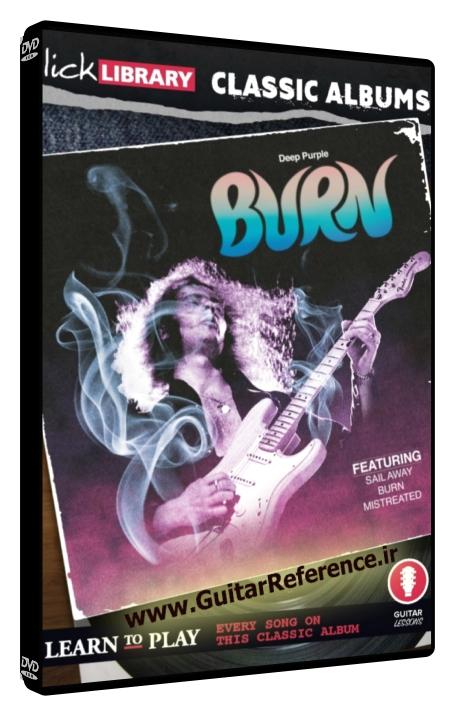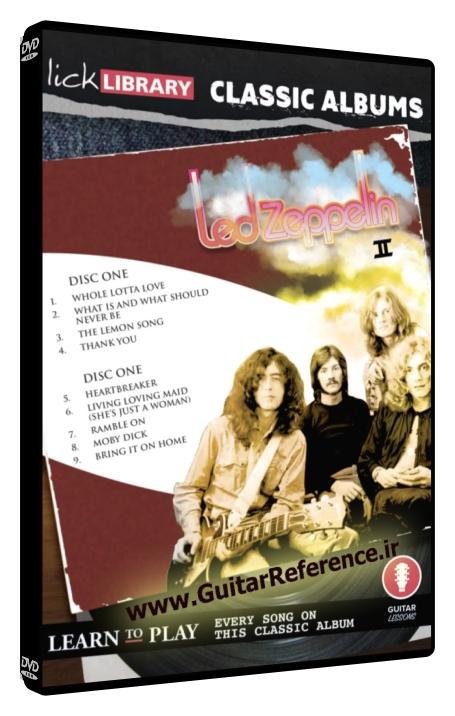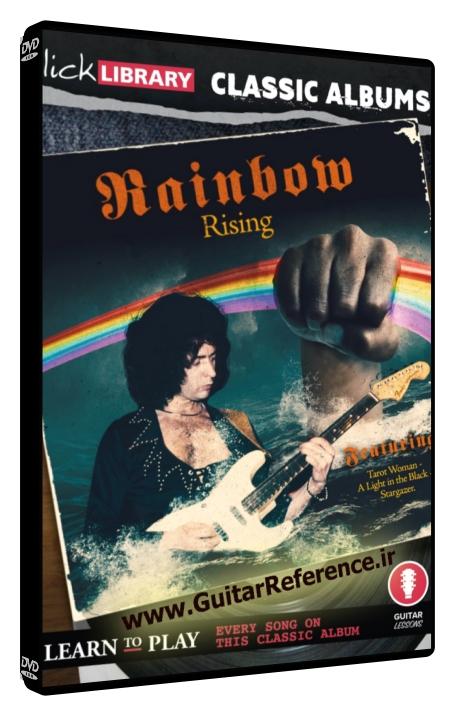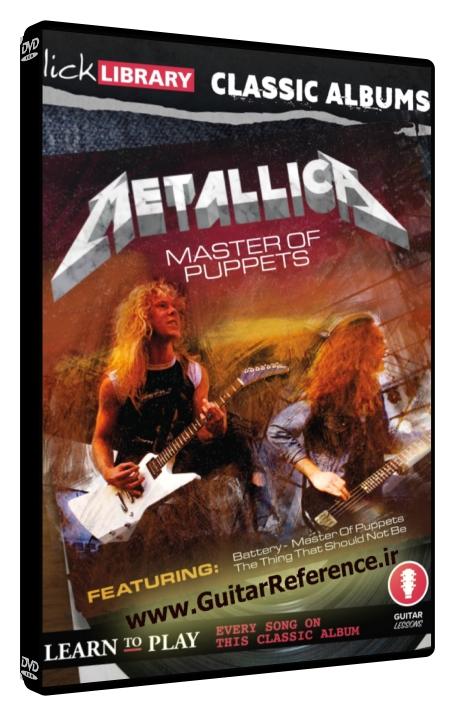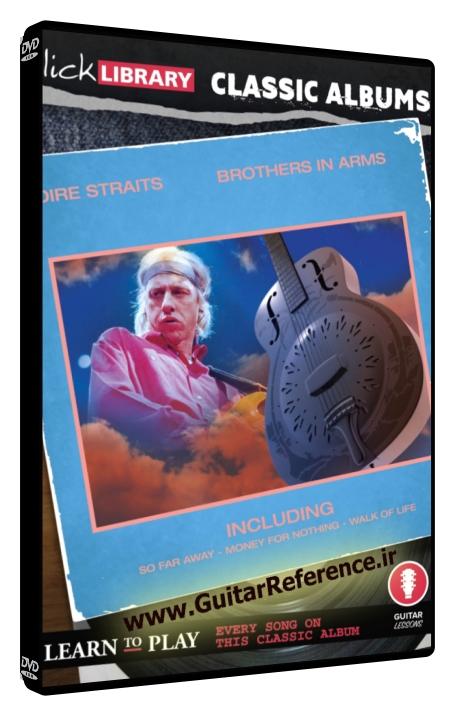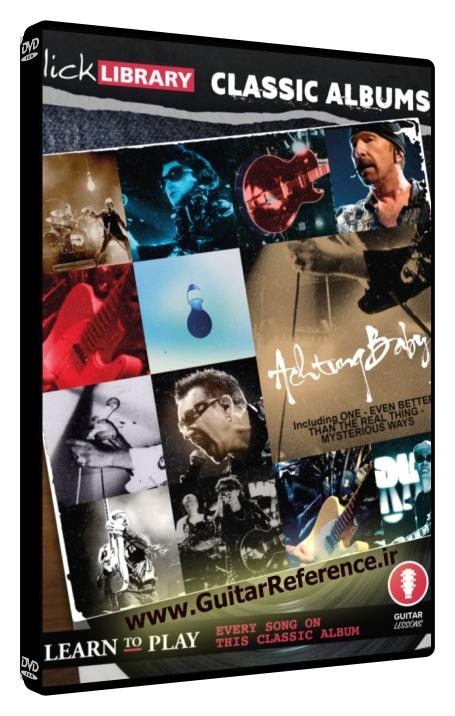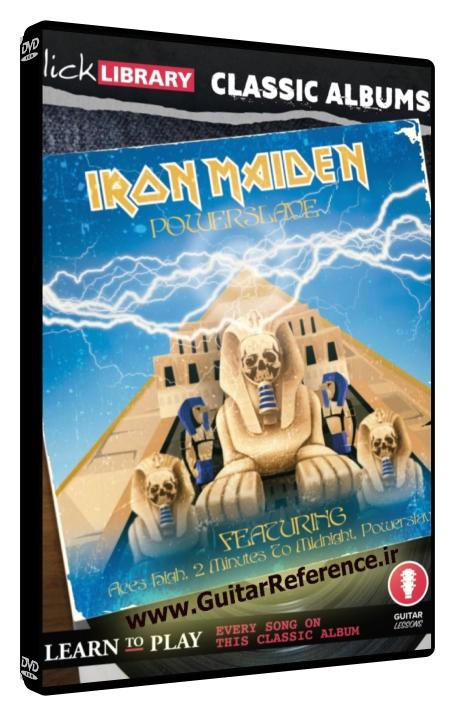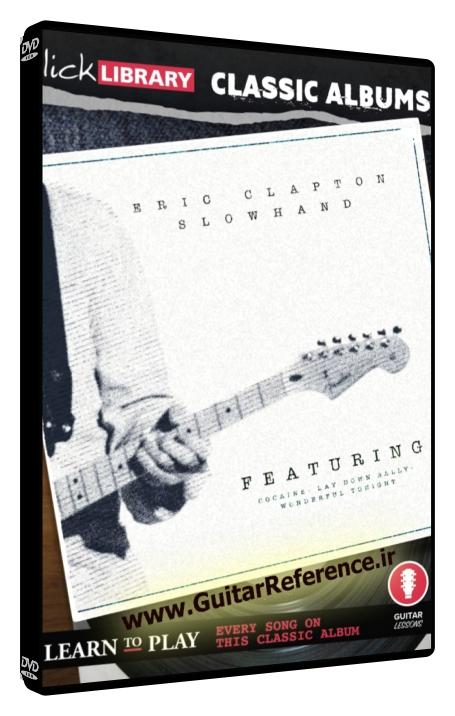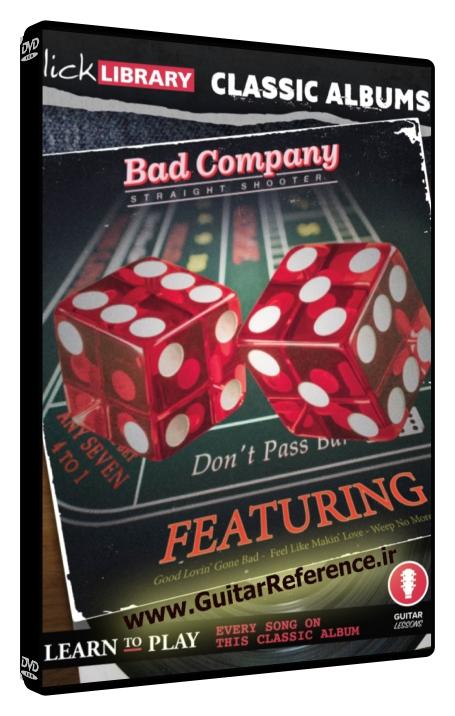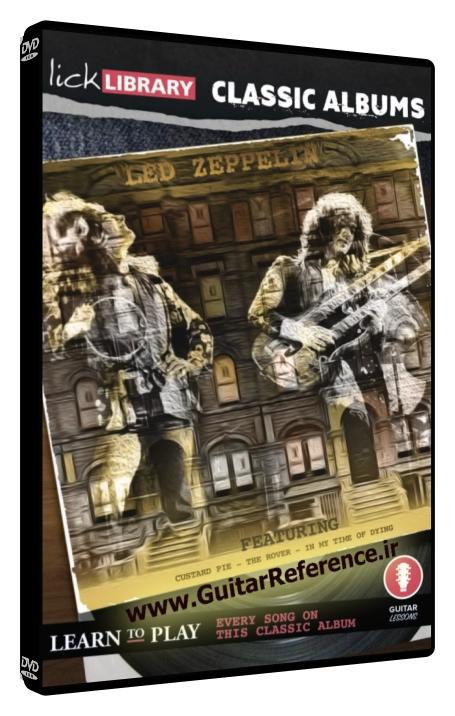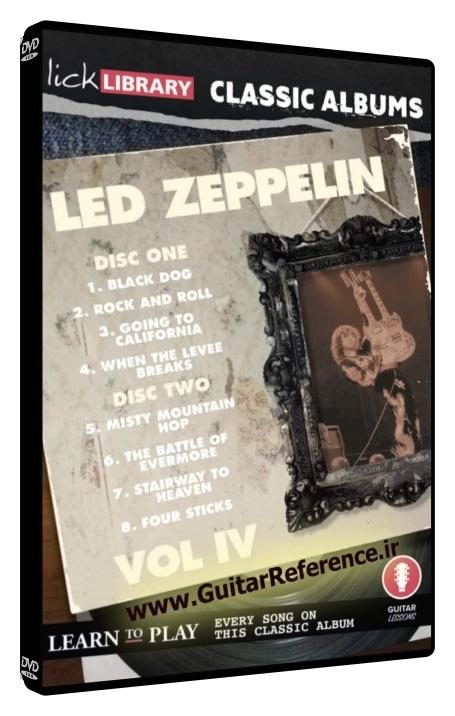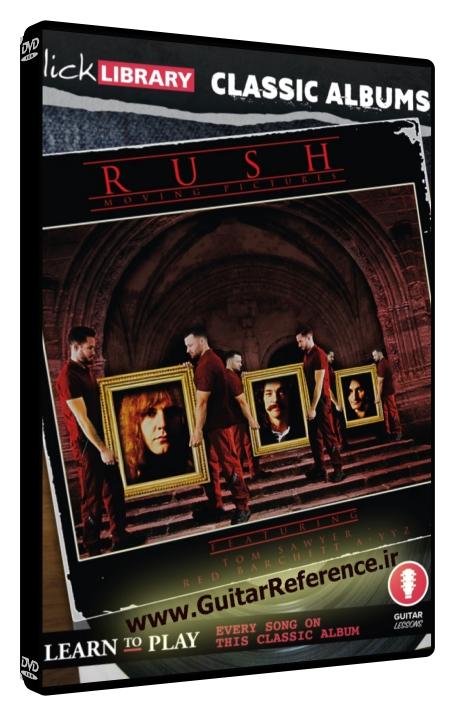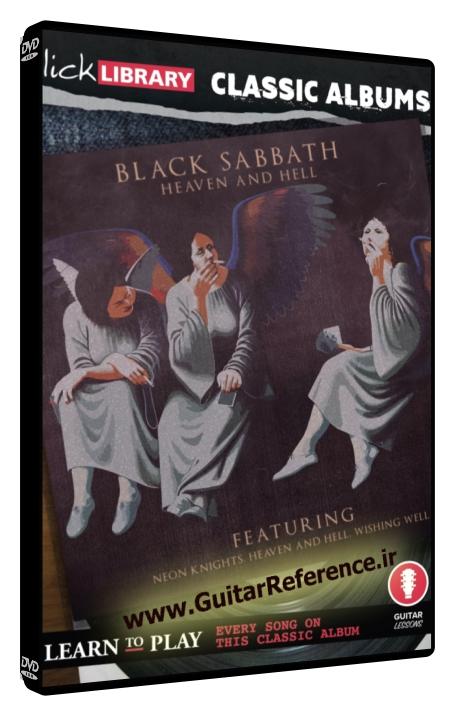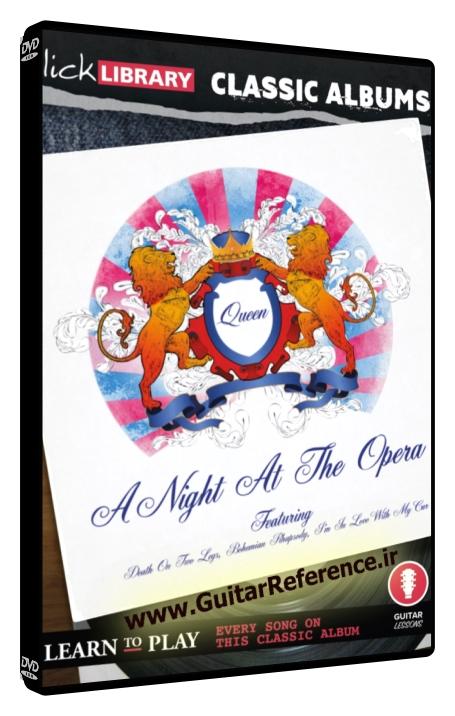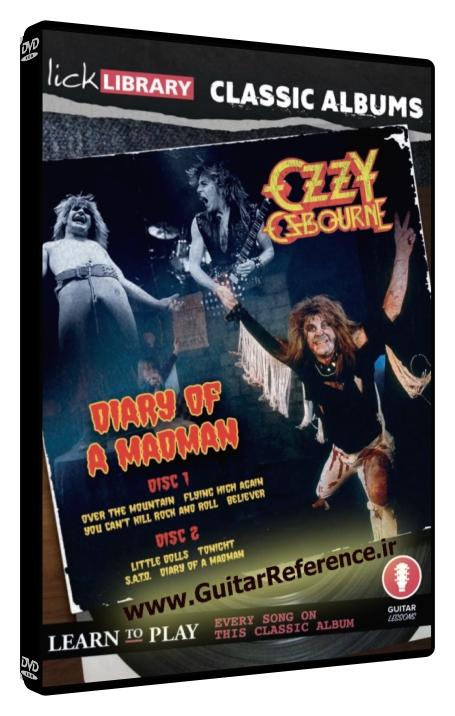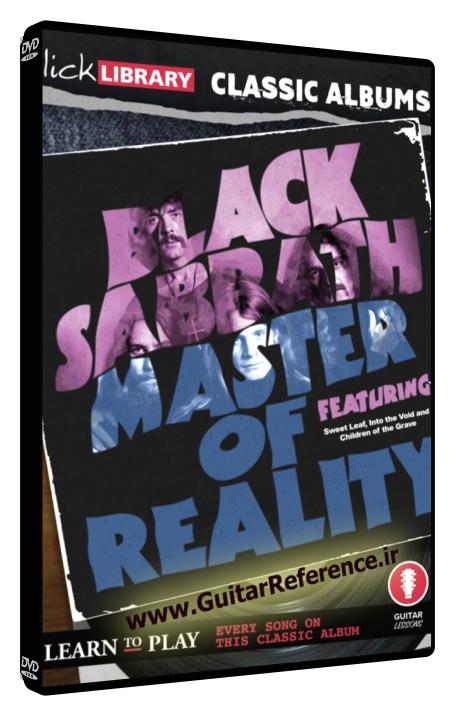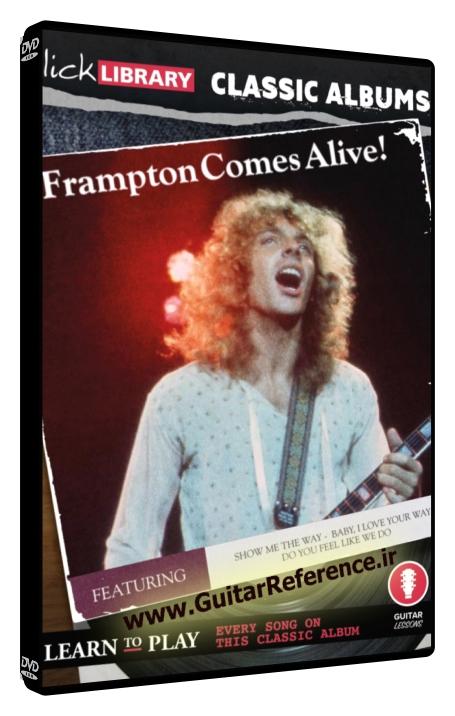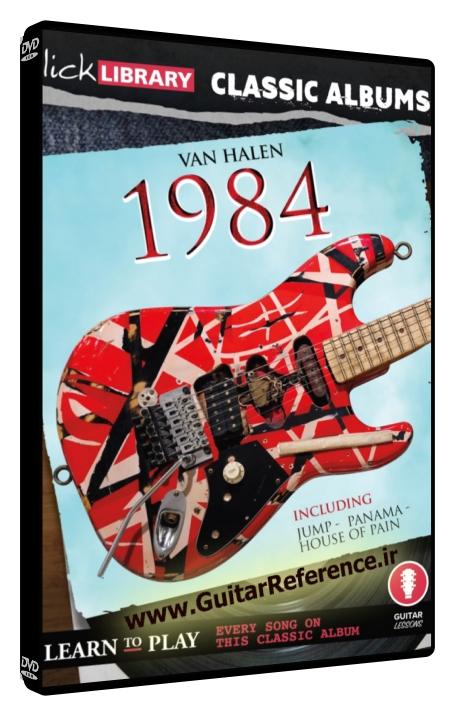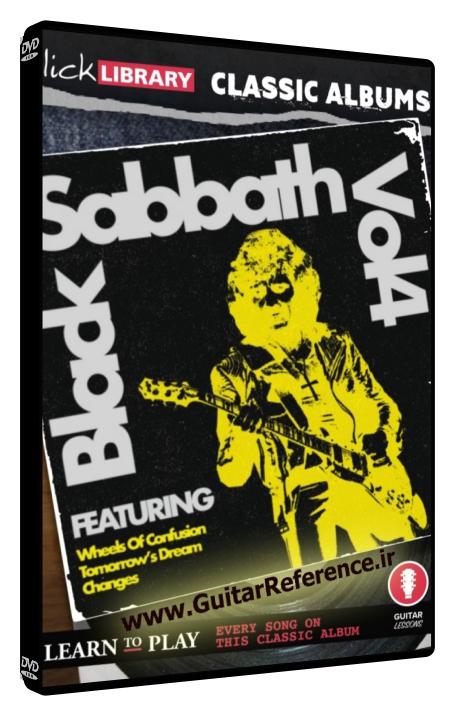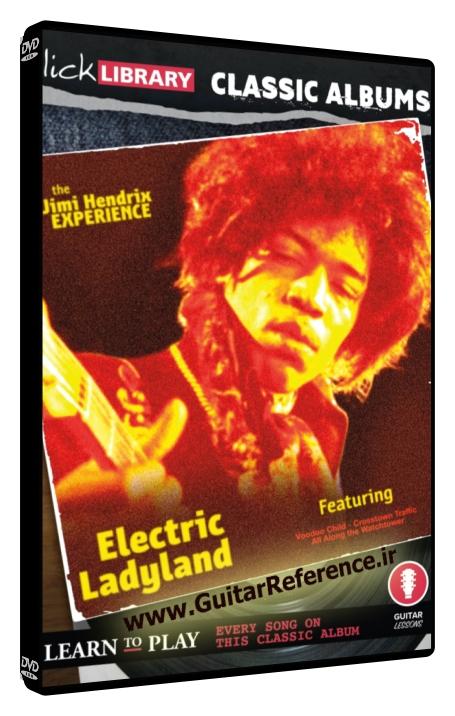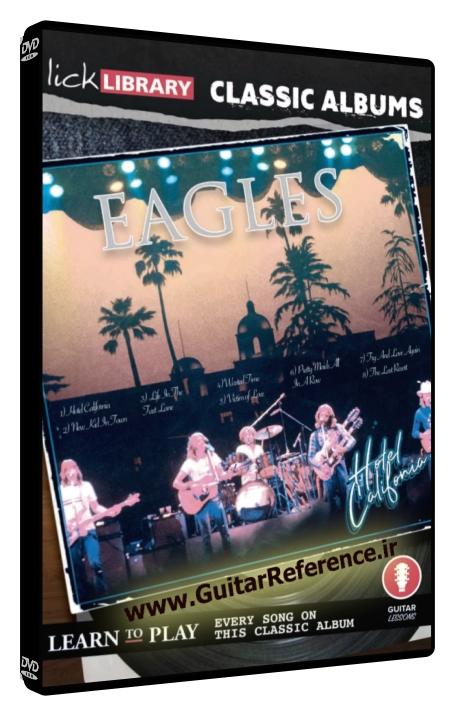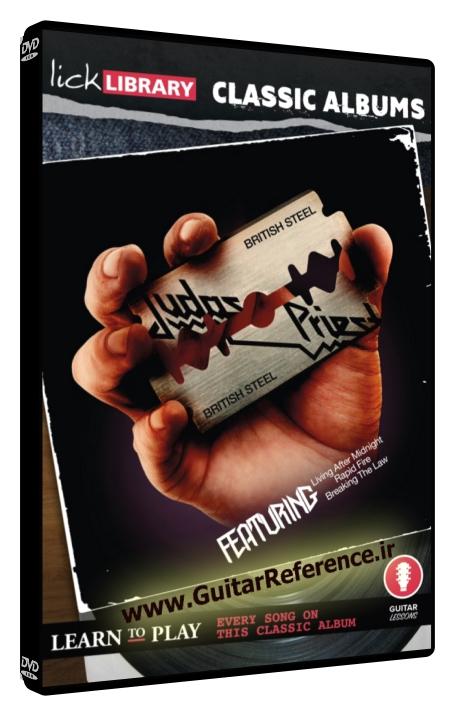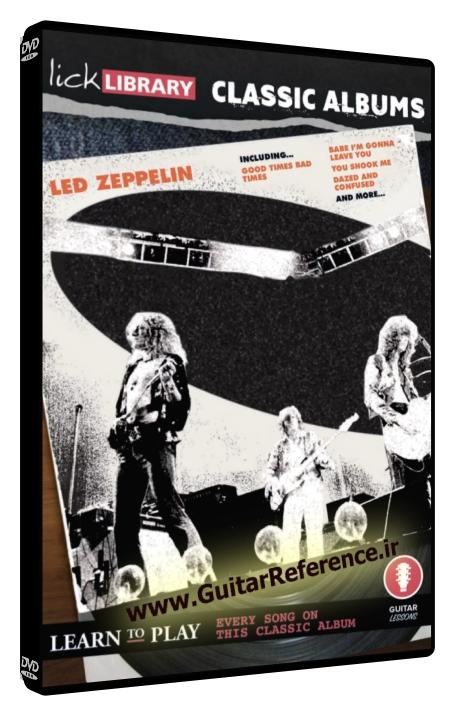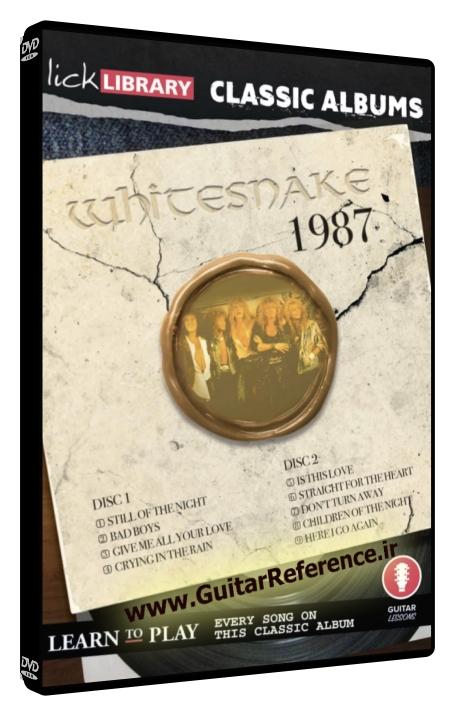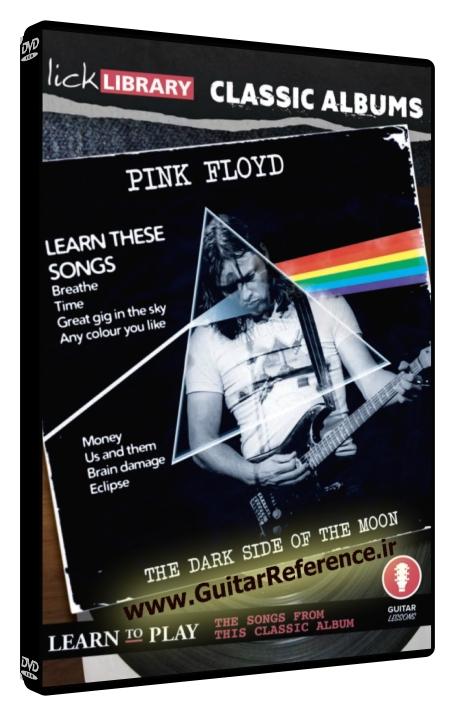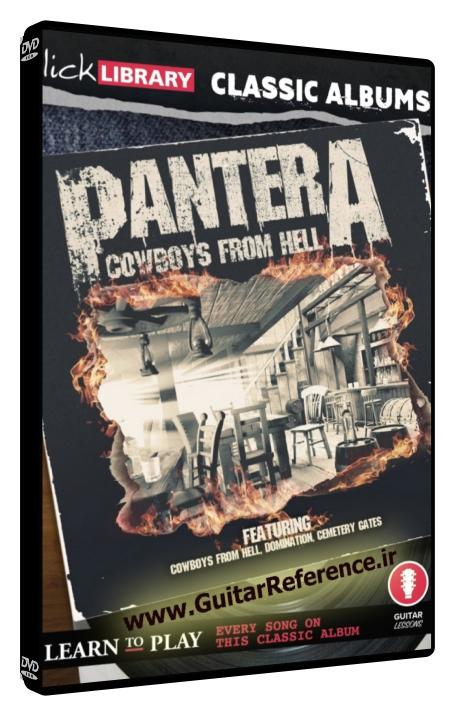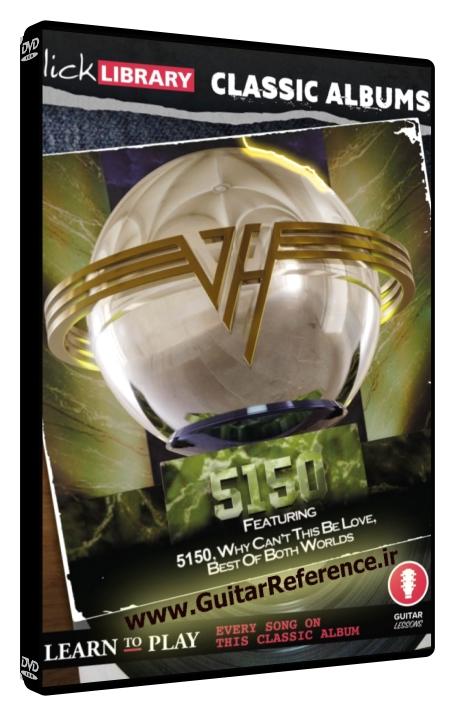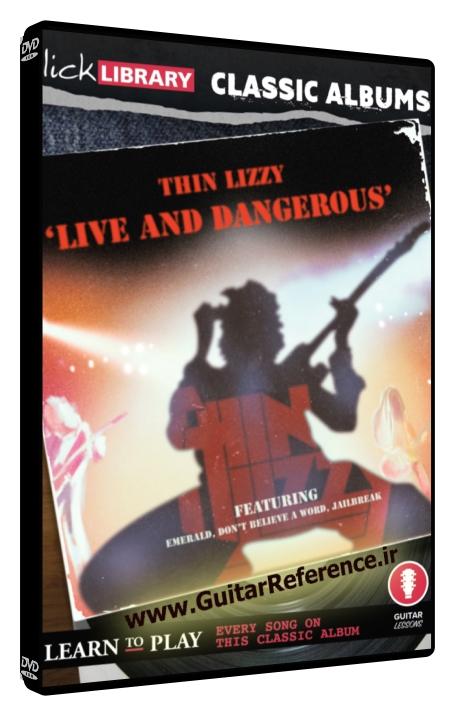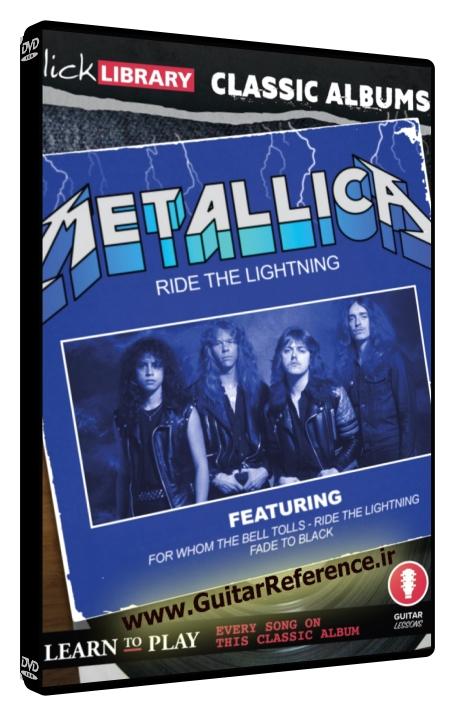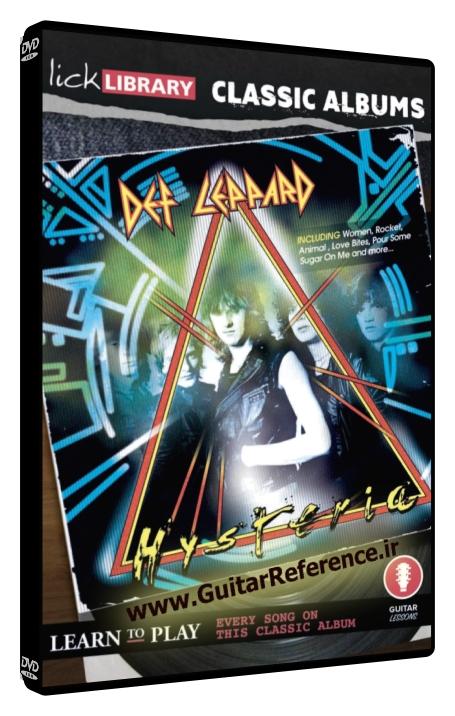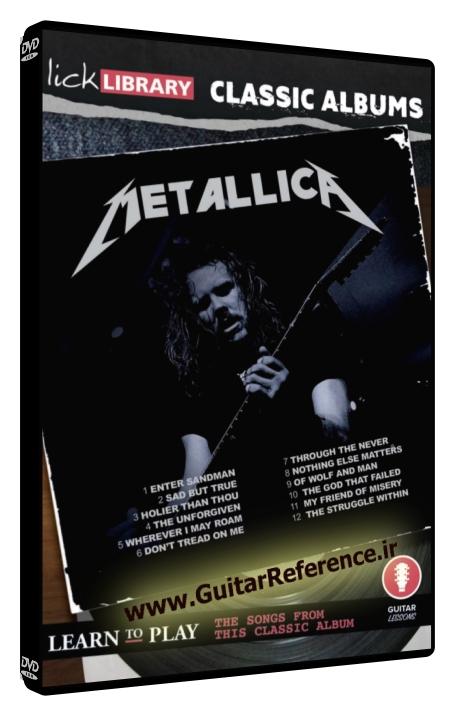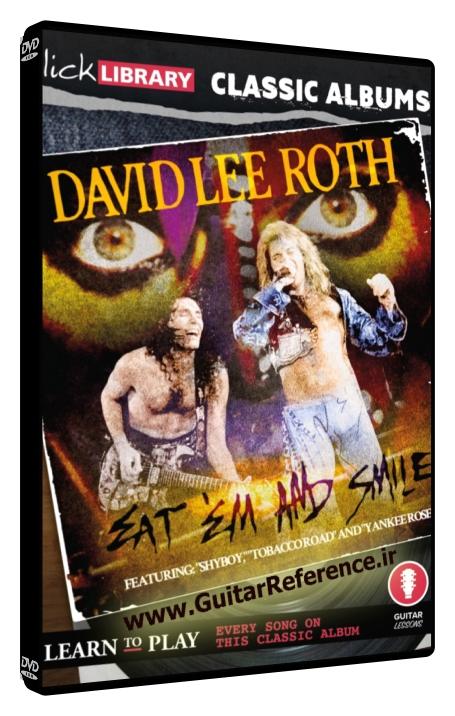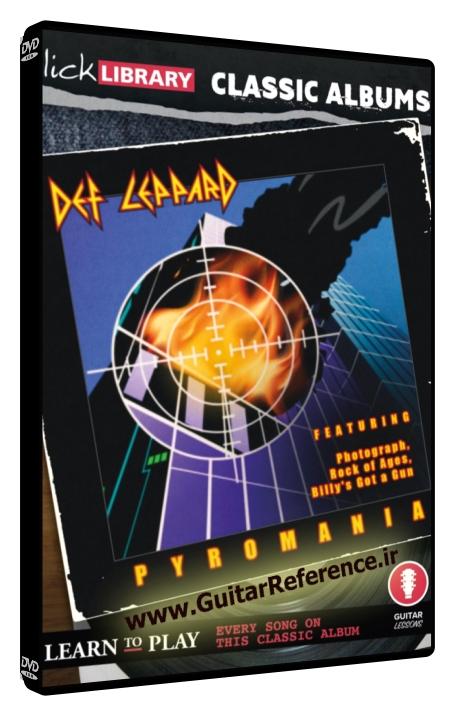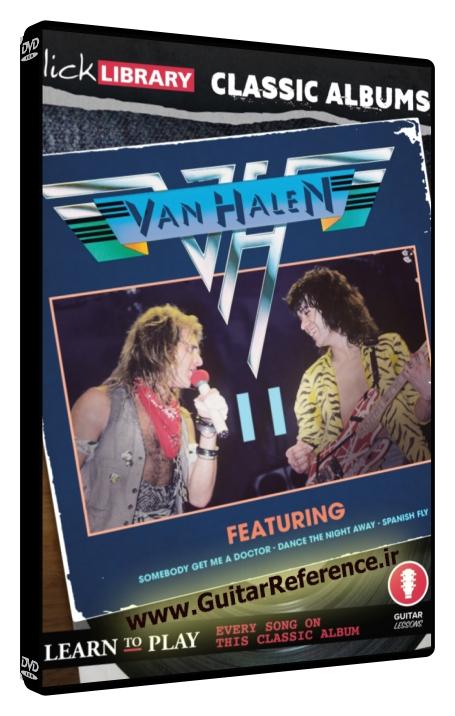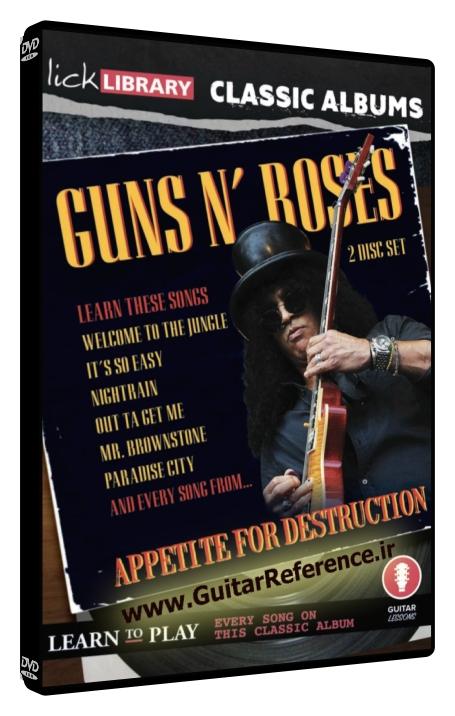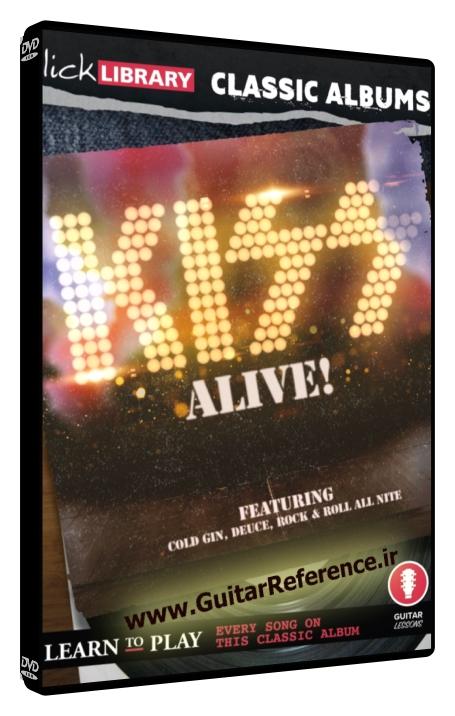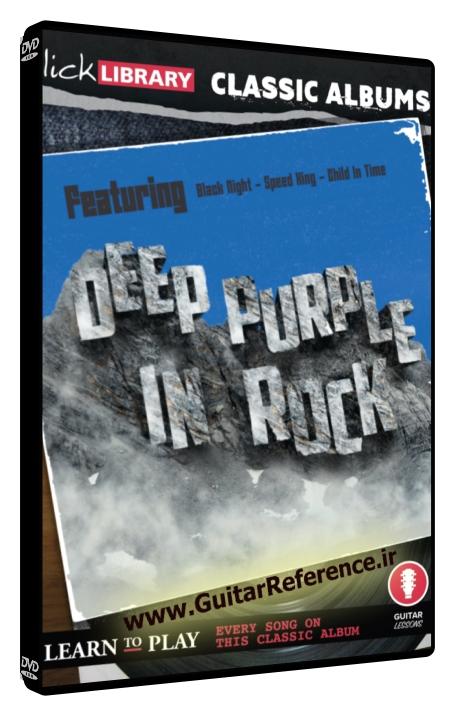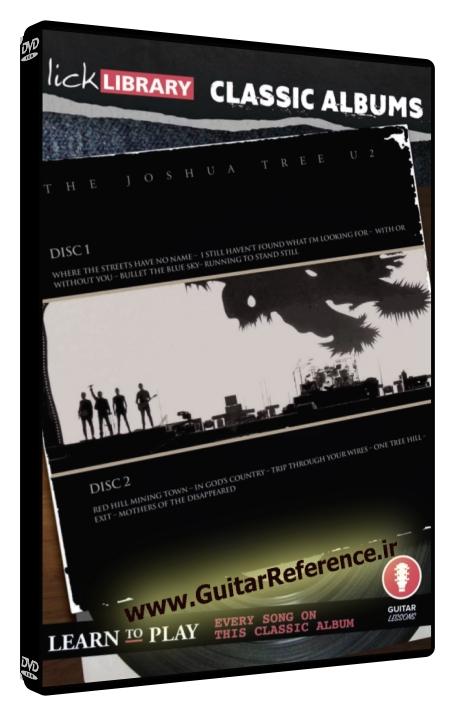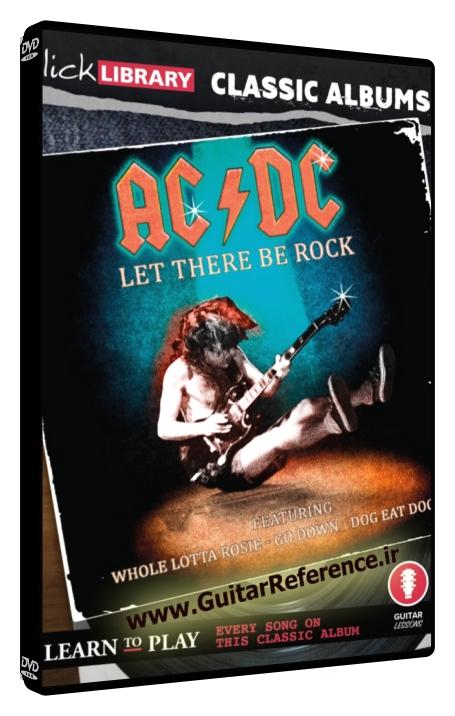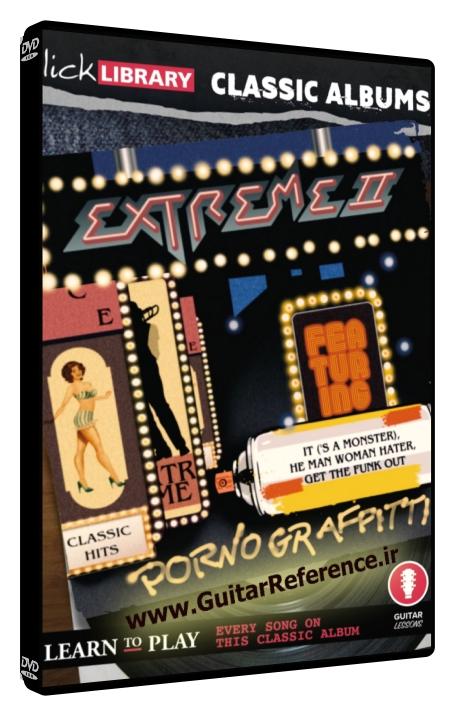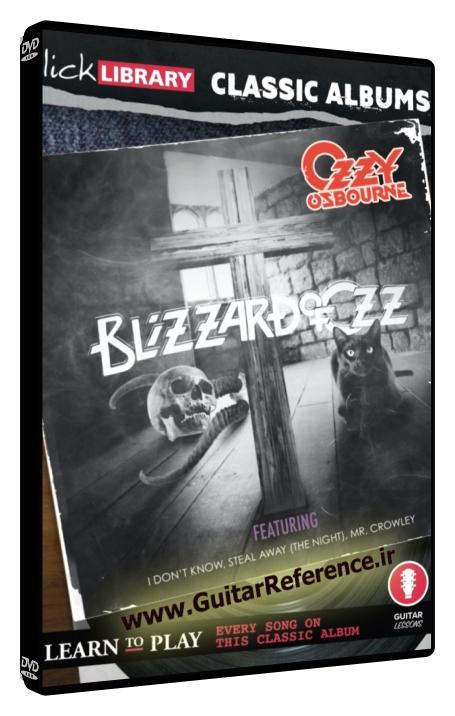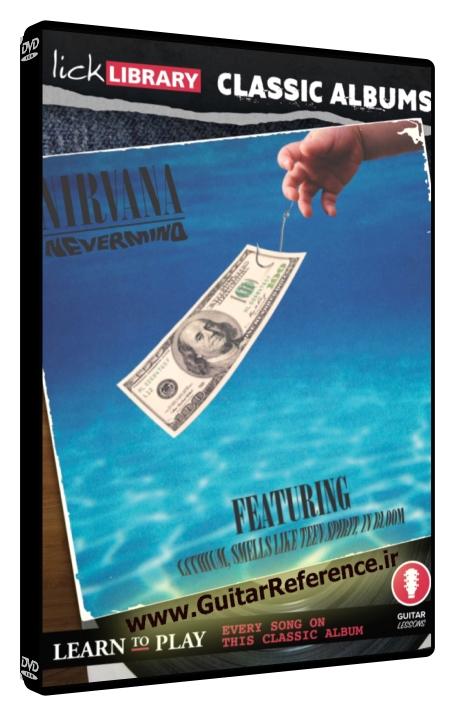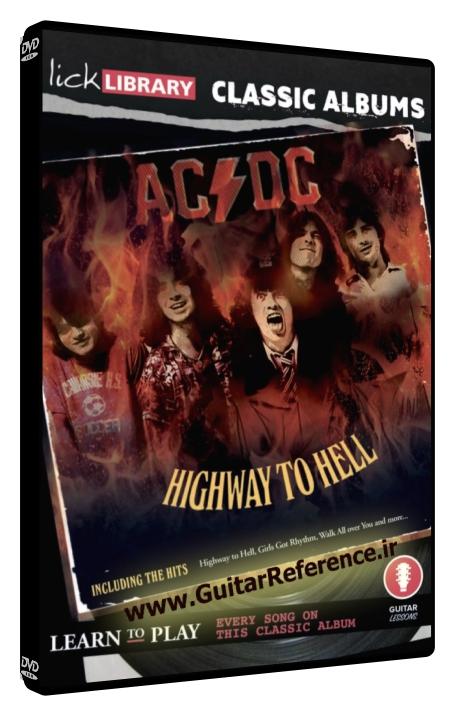Classic Albums – Use Your Illusion II (Guns N’ Roses)
by Danny Gill
Product Size: 2.99 GB (WEBRIP)
37.99 $ 3.99 $
Description
“Use Your Illusion II” by Guns N’ Roses: A Guitarist’s Perspective
The album “Use Your Illusion II” by Guns N’ Roses remains a pinnacle of hard rock. Notably, the contributions of lead guitarist Slash heavily influence the album’s characteristic sound. His unique blend of blues scales, potent power chords, and dramatic vibrato demonstrated the versatility of the electric guitar, elevating the instrument in rock music.
Released on September 17, 1991, Use Your Illusion II is the fourth studio album by the American hard rock icons Guns N’ Roses. With worldwide sales around 20 million copies, Use Your Illusion II represented a turning point in the sound of Guns N’ Roses, with the band incorporating elements of blues, classical music, heavy metal, punk rock, and classic rock and roll into their established aggressive style.
In this guitar lesson course, LickLibrary veteran, Danny Gill takes you through the many highlights of each song from the rock giants one phrase at a time, including Slash’s legendary guitar riffs and solos from the tracks; “You Could Be Mine”, “Estranged”, “Knockin’ on Heaven’s Door” and many more.
Guitar Lessons Included
Guitar Lesson 1: “Civil War”
“Civil War” introduces the album with a distinctive arpeggiated riff, a pull-off extravaganza that has been written in E minor. Slash employs a series of harmonics at the 12th fret for that iconic intro sound. His solo ventures into the E minor pentatonic scale, incorporating techniques like alternate picking and palm muting.
Guitar Lesson 2: “14 Years”
“14 Years” is a pure A major blues shuffle, incorporating frequent power chords and barre chords. The lead guitar work features chromaticism and string bending that adds a bluesy flair to the music.
Guitar Lesson 3: “Yesterdays”
“Yesterdays” incorporates a beautiful mix of open string riffs and chord progressions that straddle the line between major and minor scales. Slash’s solo incorporates bluesy bends and vibrato, leaning heavily on the G major scale.
Guitar Lesson 4: “Knockin’ On Heaven’s Door”
Their rendition of “Knockin’ On Heaven’s Door” spotlights Slash’s ability to transition smoothly between rhythm and lead parts. He uses the G major scale for his solo, spicing it up with techniques such as slides and legato.
Guitar Lesson 5: “Get in the Ring”
“Get in the Ring” boasts heavy power chords in D minor and displays Slash’s use of pull-offs and hammer-ons. The solos in this song showcase his diverse capabilities, including double-stops, trills, and tremolo picking.
Guitar Lesson 6: “Shotgun Blues”
“Shotgun Blues” reveals the band’s blues roots. Set in A minor, Slash uses double stop bends, alternate picking, and legato in his soloing.
Guitar Lesson 7: “Breakdown”
“Breakdown” exhibits the band’s capacity to blend hard rock with elements of country. Slash uses techniques such as finger-picking, vibrato, and chromaticism, basing his lead work primarily in the G major scale.
Guitar Lesson 8: “Pretty Tied Up”
“Pretty Tied Up” is an exercise in alternate picking and palm muting. The main riff is set in E minor, with Slash’s lead parts exploring the E minor pentatonic scale with pinched harmonics, slides, and string bending techniques.
Guitar Lesson 9: “Locomotive”
“Locomotive” displays Slash’s usage of syncopated rhythms and octave melodies. This track incorporates hammer-ons, pull-offs, and sustain in the solos, primarily in the A minor scale.
Guitar Lesson 10: “So Fine”
“So Fine” demonstrates a combination of finger-picking, slide techniques, and open-string riffs. The lead guitar parts incorporate double-stops and legato techniques, primarily in the D major scale.
Guitar Lesson 11: “Estranged”
“Estranged” showcases Slash’s remarkable ability to blend melodic lines with raw power. The song involves extensive use of arpeggiated chord progressions and slides, with a dramatic solo incorporating techniques like whammy bar tricks, sustain, and vibrato.
Guitar Lesson 12: “You Could Be Mine”
“You Could Be Mine” illustrates Slash’s penchant for combining rhythm and lead parts seamlessly. He utilizes power chords, syncopated rhythms, and palm muting in the rhythm parts, and the lead parts are laden with alternate picking and fast legato runs in E minor scale.
Guitar Lesson 13: “Don’t Cry” (Alternate Lyrics)
The alternate version of “Don’t Cry” replicates many of the techniques used in the original. It employs the G major scale, with prominent use of string bending, vibrato, and power chords.
Guitar Lesson 14: “My World”
In “My World,” we witness some of Slash’s experimental side with altered tunings and a mix of palm muting and power chords, creating a unique, industrial-influenced sound.
The contribution of Slash to the album cannot be overstated. His playing style, filled with various techniques, displayed the potential of the electric guitar as a versatile instrument.
Guitar techniques used in this album
• Vibrato
• Alternate Picking
• Legato
• Pull-offs
• Power Chords
• Palm Muting
• Barre Chords
• Hammer-ons
• Double-stops
• Slides
• Sustain
• String Bending
• Syncopated
• Rhythms
• Open-string Riffs
• Bluesy Bends
• Octave Melodies
• Chromaticism
• Altered Tunings

